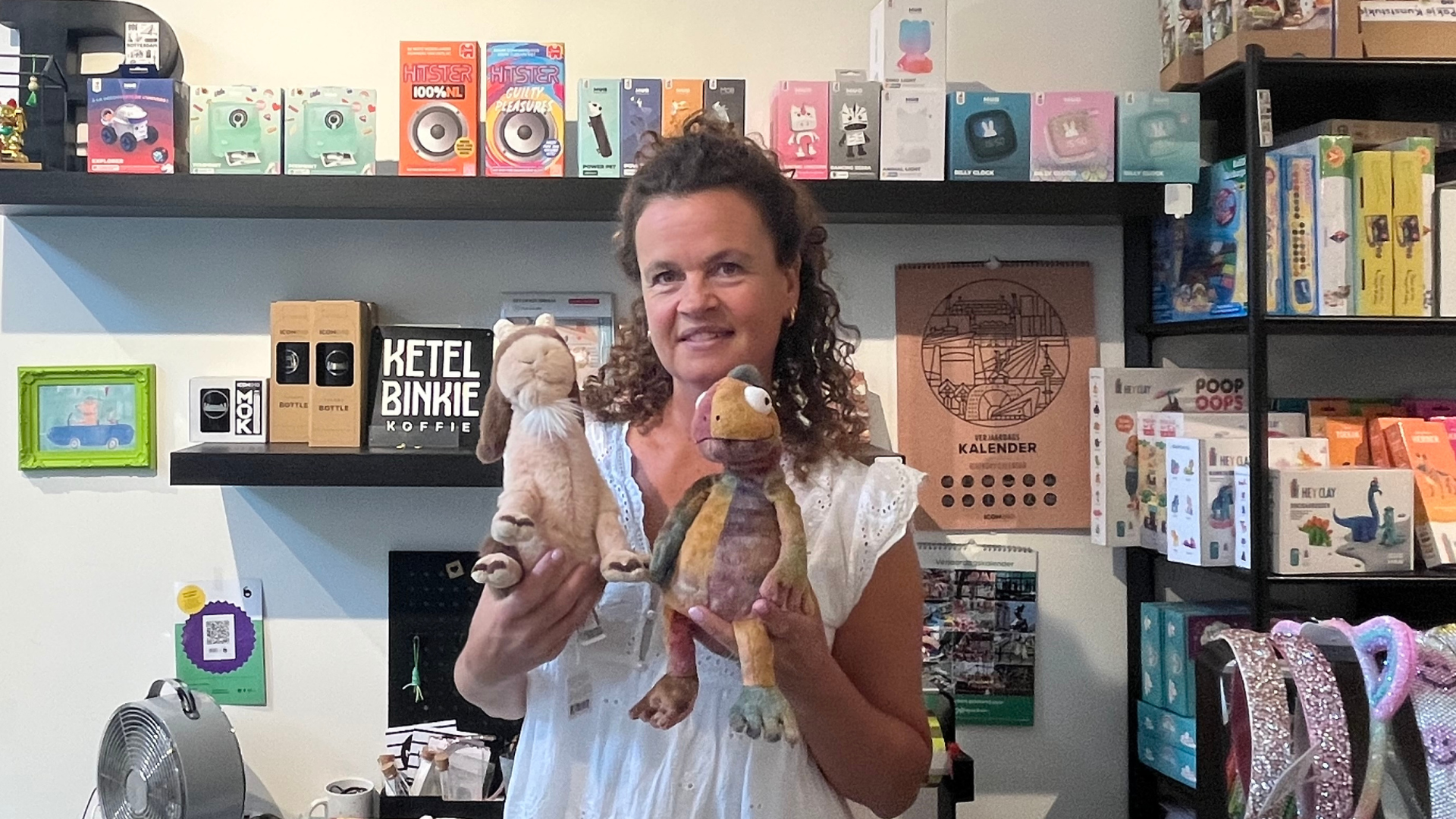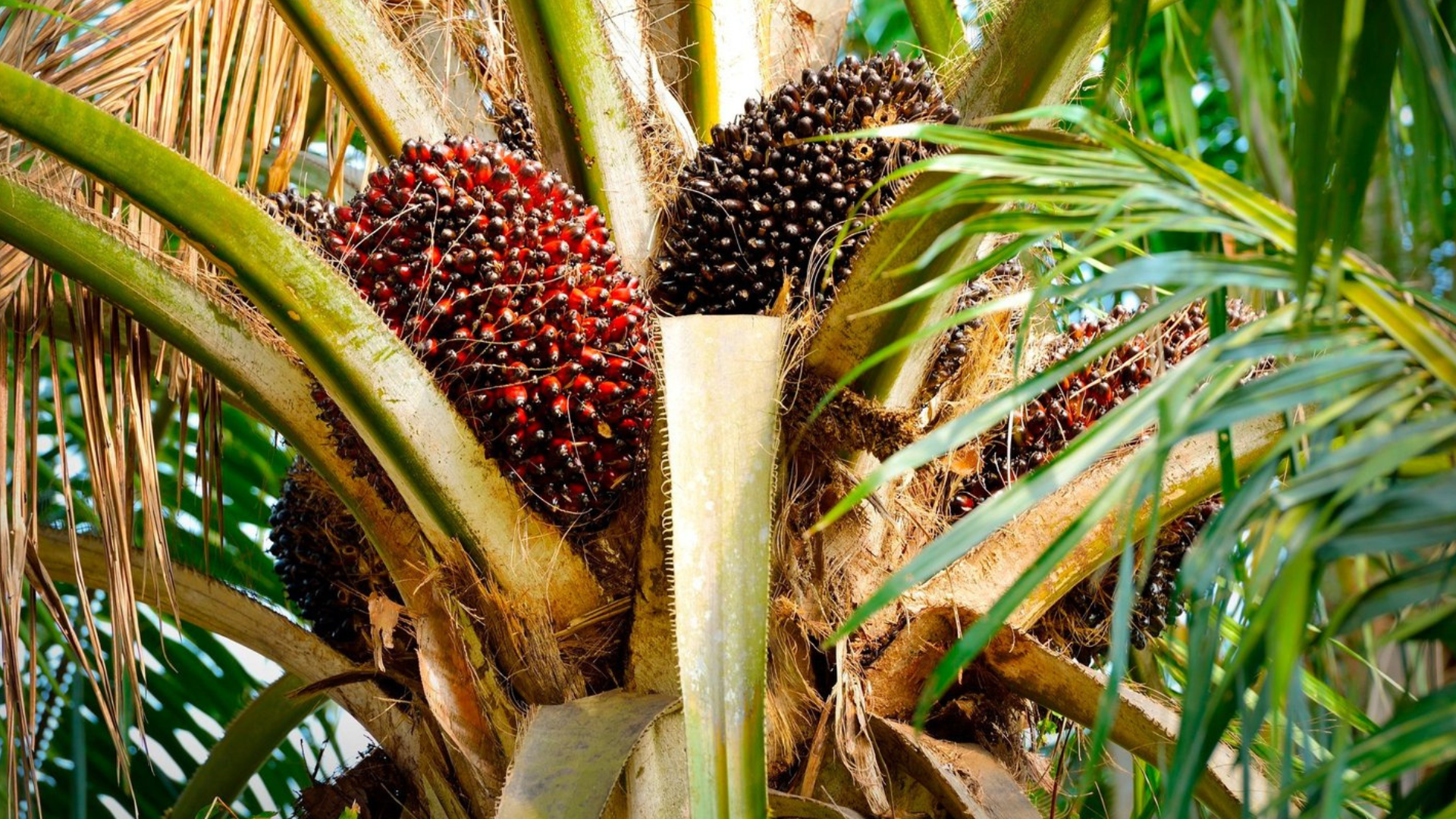In an earlier blogpost we already discussed the common misconceptions about recycled polyester. Today, we will share 5 misunderstandings about sustainable fashion!
These past few years, there has been an uproar when it comes to the importance of sustainable and ethical fashion. This comes with a lot of information on the topic as well as a lot of miscommunication and greenwashing, such as the following:
- Cotton is good
- Bamboo is the best
- Recycling is gross
- Luxury brands are more ethical and sustainable
- Only rich people can afford to always show sustainable
1. Cotton is good
Cotton might sound like it’s environmentally friendly, however, cotton cultivation uses more chemicals than the cultivation of any other crop! 2.4% of the total available farmland is used for cotton, while it uses 6% of total pesticides worldwide.
Besides that, growing cotton also requires a lot of water. This majorly depends on the area it is grown. On average, it takes about 8,000 liters of water per kilogram of cotton. However, in India, where most of the cotton is grown, it takes 22,000 liters per kilogram! And due to the use of those pesticides, the water gets polluted which is also dangerous for the farmers.
A better alternative is biological cotton. While this still uses a lot of water to grow, it doesn’t get as polluted because no pesticides are used. The only downside is that it has to get plucked by hand. To be able to pluck it mechanically, it is required to use a defoliant, which is a chemical.

2. Bamboo is the best
More and more often we see bamboo getting used for clothing. It usually gets promoted as being super sustainable, which is true to some extent.
Bamboo is an ultra-fast growing material, which results in less farmland having to be used. Besides that, it also has antibacterial properties, which means no pesticides or other harmful substances have to be used to grow this crop. To make the textile, only the leaves are used. The rest of the plant can, therefore, just keep on growing.
On the downside, it is not that easy to make a textile from bamboo. From the bamboo chips, a pulp has to be made and that requires chemicals. However, there are advancements being made when it comes to this technique!
3. Recycling is gross
Recycling is an important factor in the fashion industry nowadays. However, a lot of people associate it with recycling in their daily lives and therefore think it is gross. Luckily, this is not the case!
There are many different types of recycling in the fashion industry. For example, you can recycle PET bottles to make Recycled Polyester. Besides that, you can also use pre-loved clothing items to recycle them into new items.
There are a lot of companies using, for example, 100% recycled, local denim to make things such as scarves and vests. This is a great way to reduce the local clothing waste mountain. To help put things in perspective, in the Netherlands, this mountain weighs approximately 235.000.000 kilos!

4. Luxury brands are more ethical and sustainable
This is definitely not always true.
Most of the high-end brands still heavily rely on non-sustainable fabrics and unethical working environments. In fact, these items often get produced in the same factories as those of fast-fashion brands. It is safe to say that you’re paying for a label, rather than for sustainability reasons.
There are some luxury brands who really are (more) sustainable and try their best in reducing their footprint, but the same counts for some more affordable brands as well.

5. Only rich people can afford to always shop sustainably
Luckily, this is something that definitely does not have to be true. There are many different ways in which we can sustainably contribute to the fashion industry.
When looking at new, ethical clothes, it does make sense that the price is higher than those of fast fashion brands. Those ethical clothes come with an ethical, more realistic price tag. It factors in the workers and the planet!
Another thing you should consider is that these clothes are made to last. This doesn’t only reflect in the quality, but also the fact that these ethical brands usually do not follow the latest micro trends. This allows you to create a timeless wardrobe! Which will save you money in the long run, as you don’t have to continuously buy new clothes to keep up with the latest fashion trends.
You can also find a lot of these basic, beautiful pieces in thrift stores. Buying clothes secondhand is usually even more affordable than buying new, fast fashion pieces. Besides that, they are also the most sustainable items you can buy!

Are there any other misconceptions we didn’t talk about in this blogpost? Let us know!






.png)


